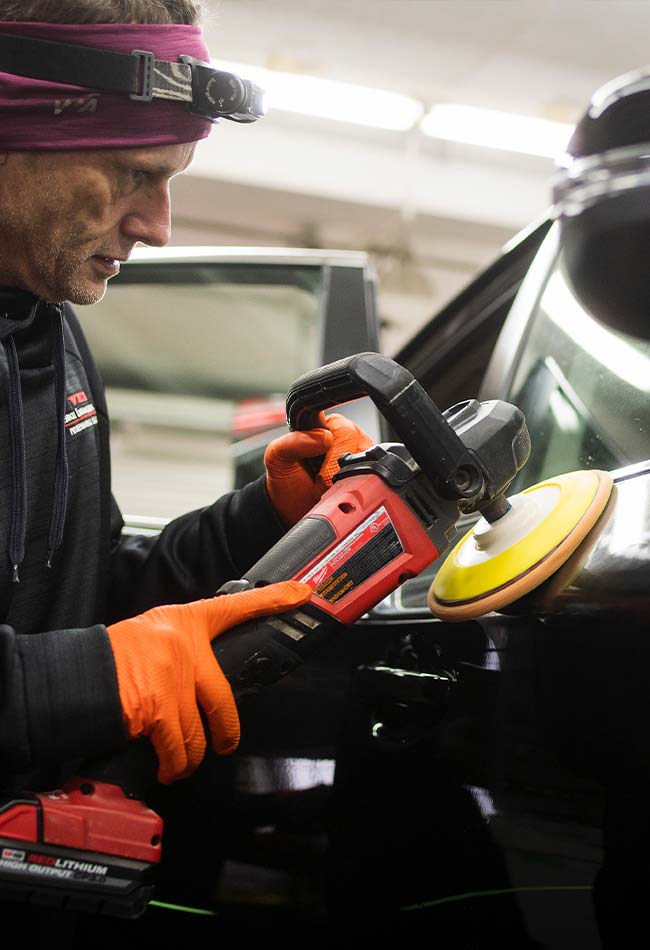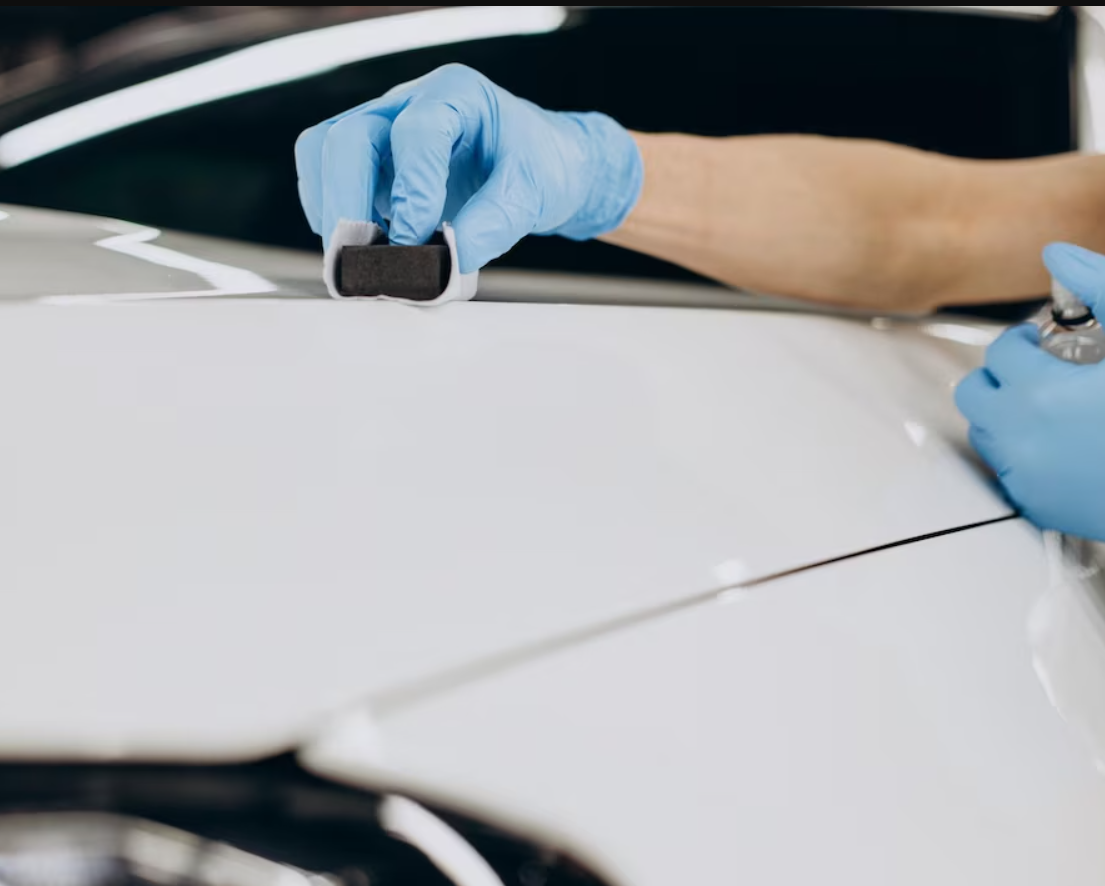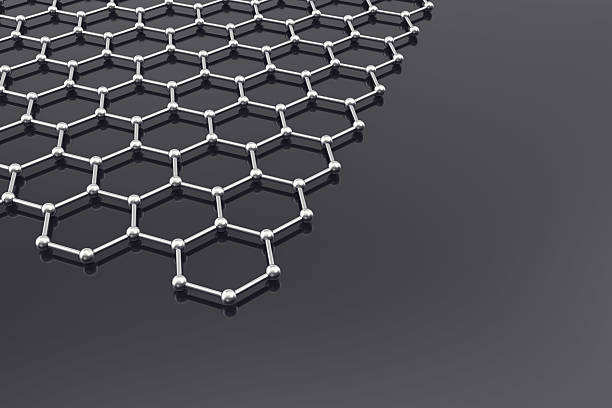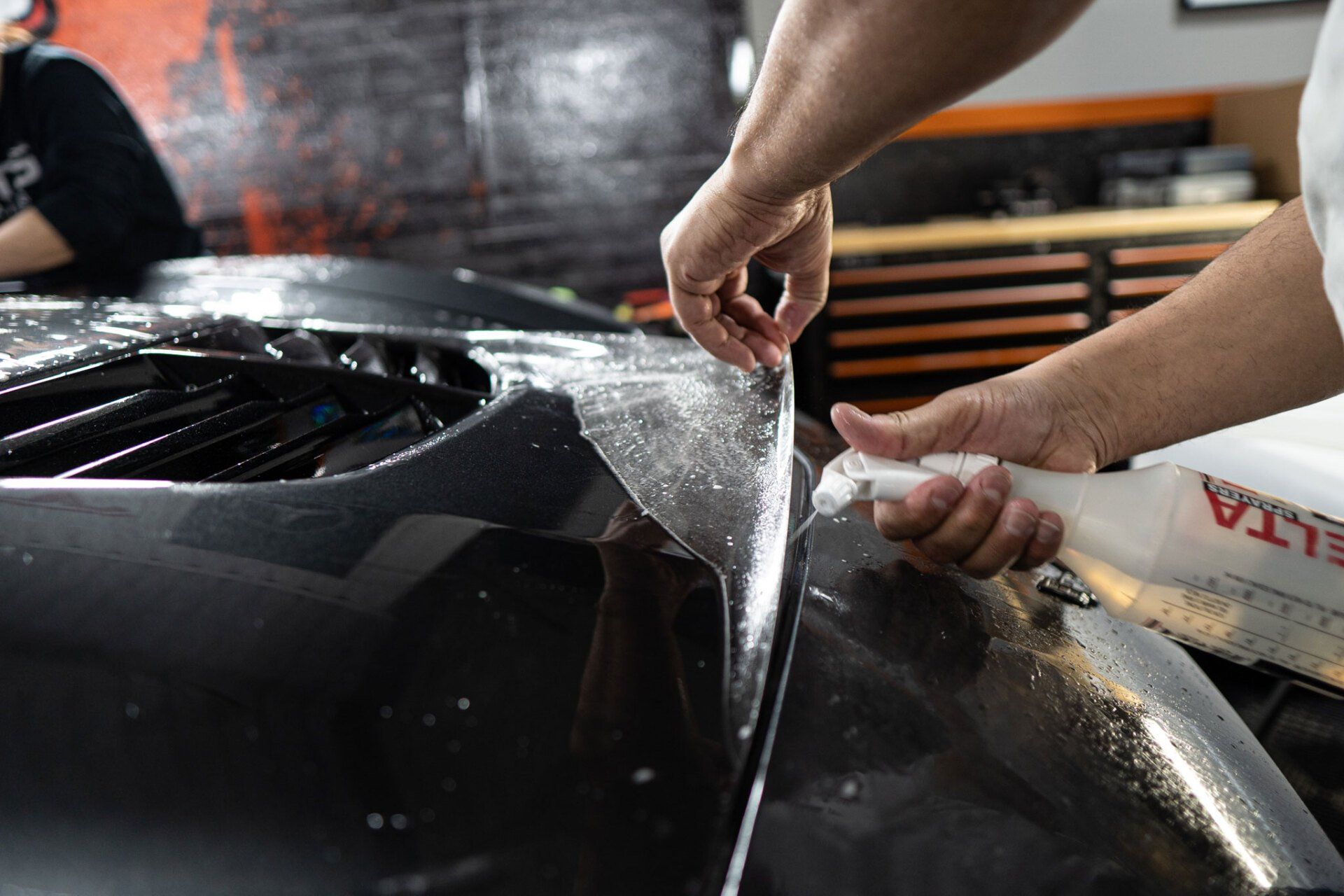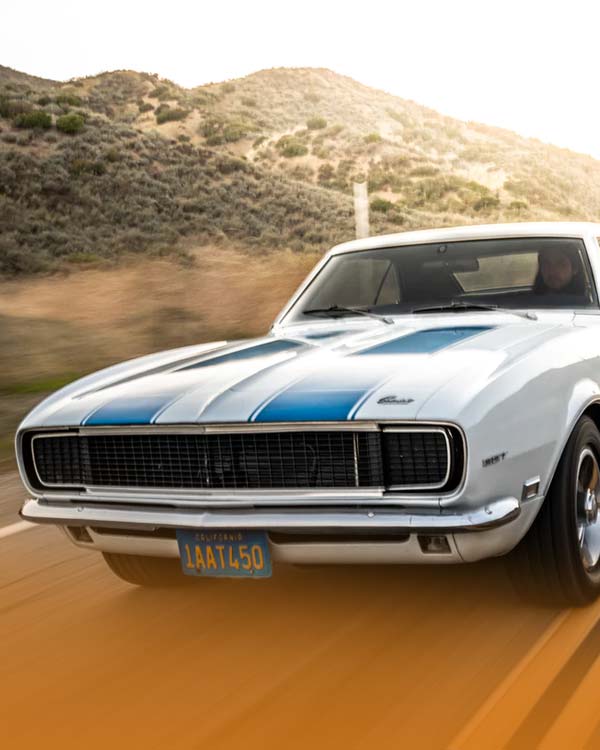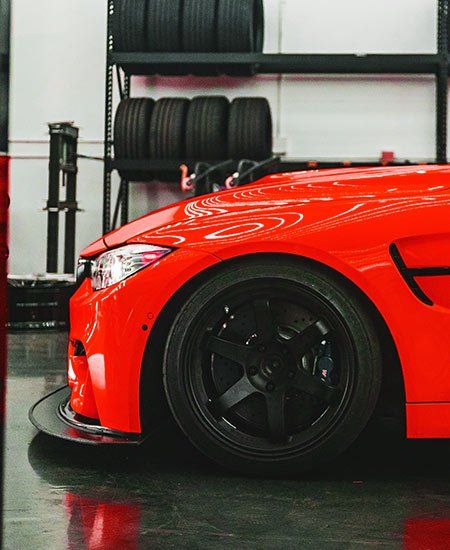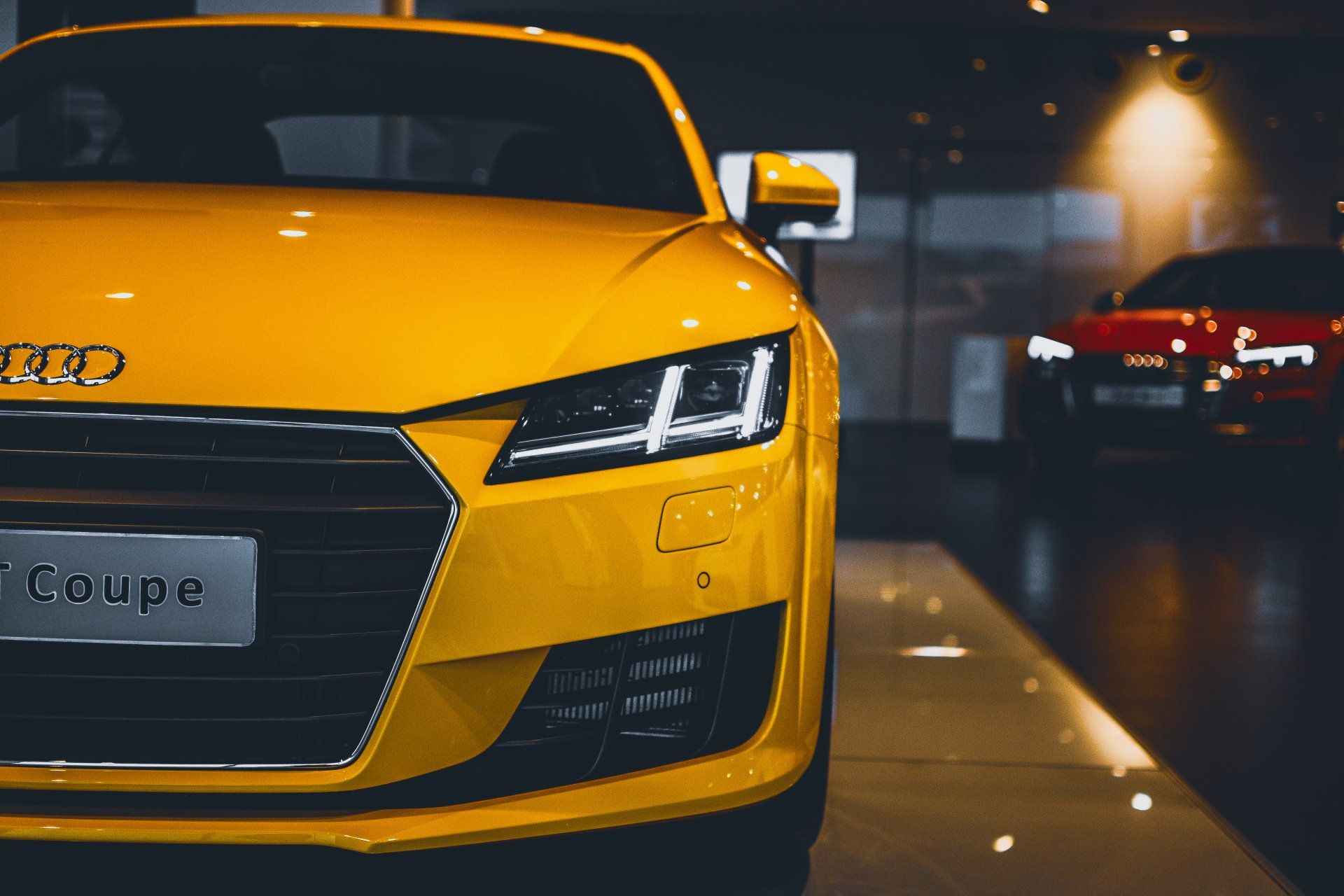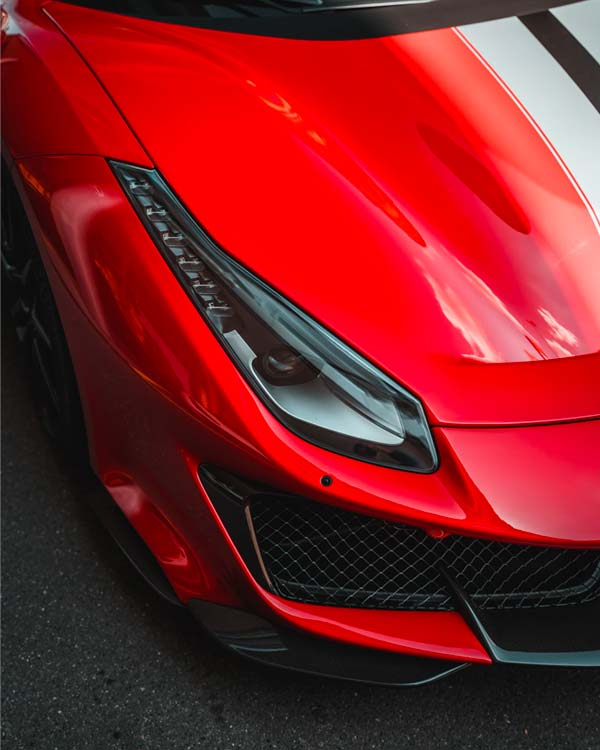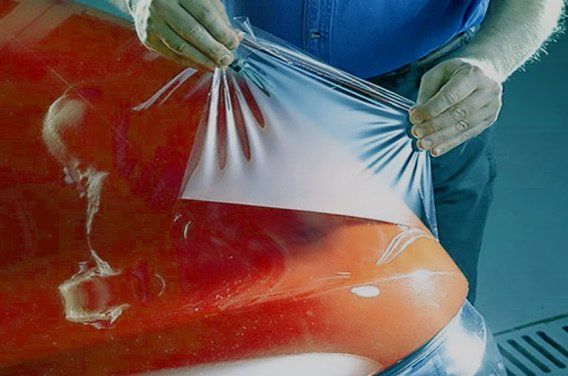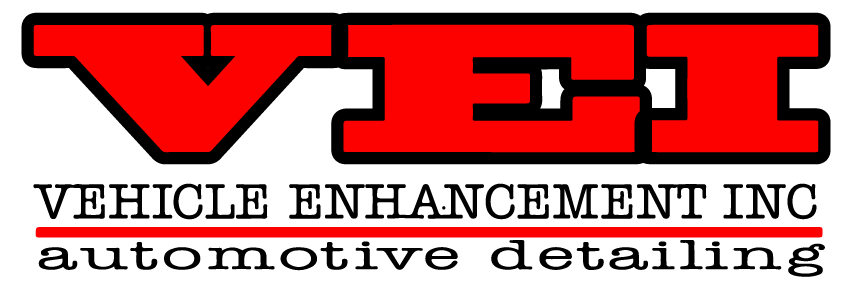The Science of Paint Correction and Ceramic Coating: Why It Matters
For those who immerse themselves in automotive detailing, mastering paint correction and ceramic coating is more than just a skill—it's an art form driven by science. Imagine revealing your finished work on a car, every inch gleaming without a single imperfection. Musings at car meets might suggest simple fixes for swirls, but there's precision and expertise needed behind these restorative techniques.
The science behind paint correction involves using abrasives to remove imperfections such as swirls from the vehicle's paint, restoring its smoothness and gloss. Ceramic coatings utilize liquid polymers that cross-link to form a protective layer on the car's surface, providing durable defense against stains and UV damage while creating a hydrophobic barrier that repels water and enhances the paint's longevity.
The Science Behind Paint Correction
When you consider correcting paint imperfections on a car, it's not just about adding some polish and buffing it out. There's a lot of technical know-how behind the process. Picture your car's clear coat as a protective shield that keeps the color coat secure underneath. Over time, this clear coat can sustain damage from various factors like oxidation and swirl marks. This is where paint correction steps in. Paint correction is akin to a fine-tuning process for your car's paint. It leverages abrasive polishing compounds and a machine polisher to level the clear coat and restore the paint to its original, smooth state. But here's where things get really interesting: the real magic lies in precise measurement of paint depth and even removal.
To comprehend how this operates, envision your car's clear coat as a landscape with tiny hills and valleys caused by those pesky imperfections. The goal of paint correction is to delicately shave off just enough of the "hills" to create a flat surface without digging too deep into the "valleys." This demands exact measurements and the right tools and techniques to ensure that only a thin layer is removed, preserving as much of the clear coat as possible. Hesitation and caution are two important aspects here. If too much clear coat is removed during paint correction, it may jeopardize the longevity of the paint job. One overzealous swipe with a heavy-cut compound could mean disaster, leading to premature wear and potential damage to your vehicle's finish.
Now, while this might sound daunting, it's actually an art that requires extensive training and expertise. Automotive professionals have to carefully assess each vehicle's paint condition before diving into the correction process. This involves identifying the type and degree of imperfections present, selecting appropriate abrasive compounds, and adjusting rotary speeds, all while monitoring factors like temperature and humidity for optimal results.
Eliminating Swirling
Just picture it—your car has been through a lot. It's seen rainy days, bumpy roads, and perhaps a few too many encounters with roadside bushes. Consequently, those unsightly swirling marks have made themselves at home on the surface of your vehicle. But fear not! Automotive professionals utilize a strategic approach to address these pesky imperfections and bring back your car's shine.
The first step involves pinpointing the problem areas. Technicians use specialized lighting to identify these imperfections. By carefully examining the paint under specific lighting conditions, they can discern the extent of swirling, ensuring no hidden flaws are left unnoticed. It's like the intricate work of a detective using UV light to uncover hidden clues at a crime scene. In much the same way, technicians utilize specialized lighting as their tool for identifying the telltale signs of imperfections within an automobile's paint.
Once the tools are in place, it's time for the machine polishing. Automotive professionals typically use a dual-action polisher, reducing the risk of burning the paint. The machine's oscillating movement helps evenly distribute the polish, effectively eliminating swirling with precision and care. By following these meticulous steps, automotive professionals ensure a pristine and smooth finish that restores your car's appearance to its original glory.
The Process of Applying Ceramic Coating
Applying ceramic coating is no easy feat and demands precision, patience, and a meticulous approach. This protective layer not only enhances the aesthetics of your vehicle but also ensures protection against environmental contaminants for an extended period. Let's dissect the process into specific steps to understand the intricacies involved in achieving exceptional results.
Surface Preparation
Before delving into the application process, thorough surface preparation is paramount. Start by meticulously washing the car to rid it of any dirt, grime, or residue that may interfere with the bonding of the ceramic coating. Additionally, using a clay bar ensures that all contaminants are effectively removed, leaving behind a smooth and pristine surface—a critical prerequisite for the successful application of ceramic coating.
Applying the Coating
Once the surface is immaculately prepped, it's time to embark on applying the ceramic coating. This step requires meticulous attention to detail, as the coating is usually applied in small sections using an applicator pad. It's crucial to ensure even distribution and coverage across the entire surface. Once applied, the ceramic coating needs to be left undisturbed for a few minutes to facilitate proper bonding with the car's paintwork, creating a durable shield against external elements.
Leveling the Coating
Following the meticulous application process, leveling the coating becomes imperative to achieve a flawlessly smooth finish. A microfiber towel is utilized to gently smooth out the coated area, effectively removing any high spots or inconsistencies while ensuring even distribution. This crucial step plays a pivotal role in enhancing the overall appearance of the ceramic-coated surface while eliminating imperfections for a pristine outcome.
Curing Process
After achieving flawless coverage and leveling, it's time for the curing process—a vital phase that allows for proper bonding and hardening of the ceramic coating. Upon application, it is essential to keep the vehicle dry and ideally indoors to facilitate optimal curing conditions. An approximate 4-hour period is required for initial curing, subsequently followed by full curing, which can take up to 7 days. The curing process marks the transition from freshly applied coating to a robust shield safeguarding your vehicle's exterior.
Benefits of Layering Coatings
Layering ceramic coatings offers a multitude of advantages, elevating the protective capabilities and overall performance of the coating. With each additional layer, the coating's thickness is amplified, augmenting its ability to withstand environmental and chemical contaminants. This means that a vehicle treated with multiple layers is better equipped to combat abrasions, maintaining a pristine appearance for longer periods. Moreover, the hydrophobic nature of ceramic coatings is significantly heightened through layering. This hydrophobic feature causes water to bead off effortlessly, ensuring that the vehicle's surface remains free from water spots and mineral deposits. Imagine driving in the rain and seeing water quickly glide off your car's surface, leaving it clean and shiny without the need for constant wiping or drying.
Additionally, the cumulative effect of multiple layers extends the period of protection offered by the coating. When properly maintained, a well-layered ceramic coating can provide robust protection for up to 5 years, sparing the owner from frequent reapplications and reducing long-term maintenance expenses. For instance, consider a car that has undergone two to three layers of ceramic coating application. The first layer serves as a foundational base, enhancing durability and initiating protection against environmental contaminants and UV rays. Subsequent layers reinforce this foundation, amplifying durability and enhancing the hydrophobic nature of the coating. This multi-layer approach not only prolongs the lifespan of the coating but also enhances the gloss and shine of the car's paintwork.
In essence, layering ceramic coatings goes beyond mere cosmetic enhancement; it is an investment in long-term protection and preservation. It reduces maintenance expenses over time and ensures that your vehicle maintains its showroom-quality finish for an extended period. So, by choosing this multi-layer approach with proper maintenance, you are ensuring that your vehicle enjoys superior protection against a wide range of environmental hazards while maintaining a beautiful appearance year after year.
Scientific Outcomes of Paint Correction and Ceramic Coating
When you think about ceramic coatings for cars, you might picture a glossy, showroom-ready finish. However, there's much more to these coatings than just aesthetics. Concrete evidence from research and empirical data shows the tangible benefits of paint correction and ceramic coating methods. Paint correction, accompanied by a ceramic coating, has been scientifically proven to restore and maintain a vehicle's paint to an almost factory-new condition.
The Gloss Factor
Paint correction followed by ceramic coating offers another compelling benefit: a substantial boost in gloss levels. Gloss meters provide quantitative measurements that confirm treated vehicles maintain higher gloss levels compared to untreated ones. The higher gloss levels contribute to a sleek appearance that not only looks impressive but also communicates a well-maintained and cared-for vehicle. It's important to recognize that these outcomes are not merely about appearances; they directly impact the longevity and value of the vehicle as well.
Protection and Preservation
The combination of paint correction and ceramic coating not only enhances the aesthetic appeal of the vehicle but also significantly extends the life of its exterior. Consequently, a vehicle's exterior is shielded from degradation, maintaining its pristine condition for a longer period. For those seeking to prioritize the long-term preservation and improvement of their car's exterior, exploring paint correction and ceramic coating options is a prudent step forward.
Top-Notch Paint Correction and Ceramic Coating Services in Dayton, OH
If you're in the Dayton, Ohio, area and looking to give your vehicle a fresh new look, you're in luck. Discover the exceptional ceramic coating services provided by Vehicle Enhancement Inc. in Dayton, OH. Our experts understand the science behind paint correction and ceramic coating and are adept at transforming your car's appearance. We take pride in our work and are dedicated to delivering outstanding outcomes for each customer. By investing in these services, you can drive with confidence knowing that your vehicle is looking its absolute best. Call us at (937) 361-7993 today to get started!
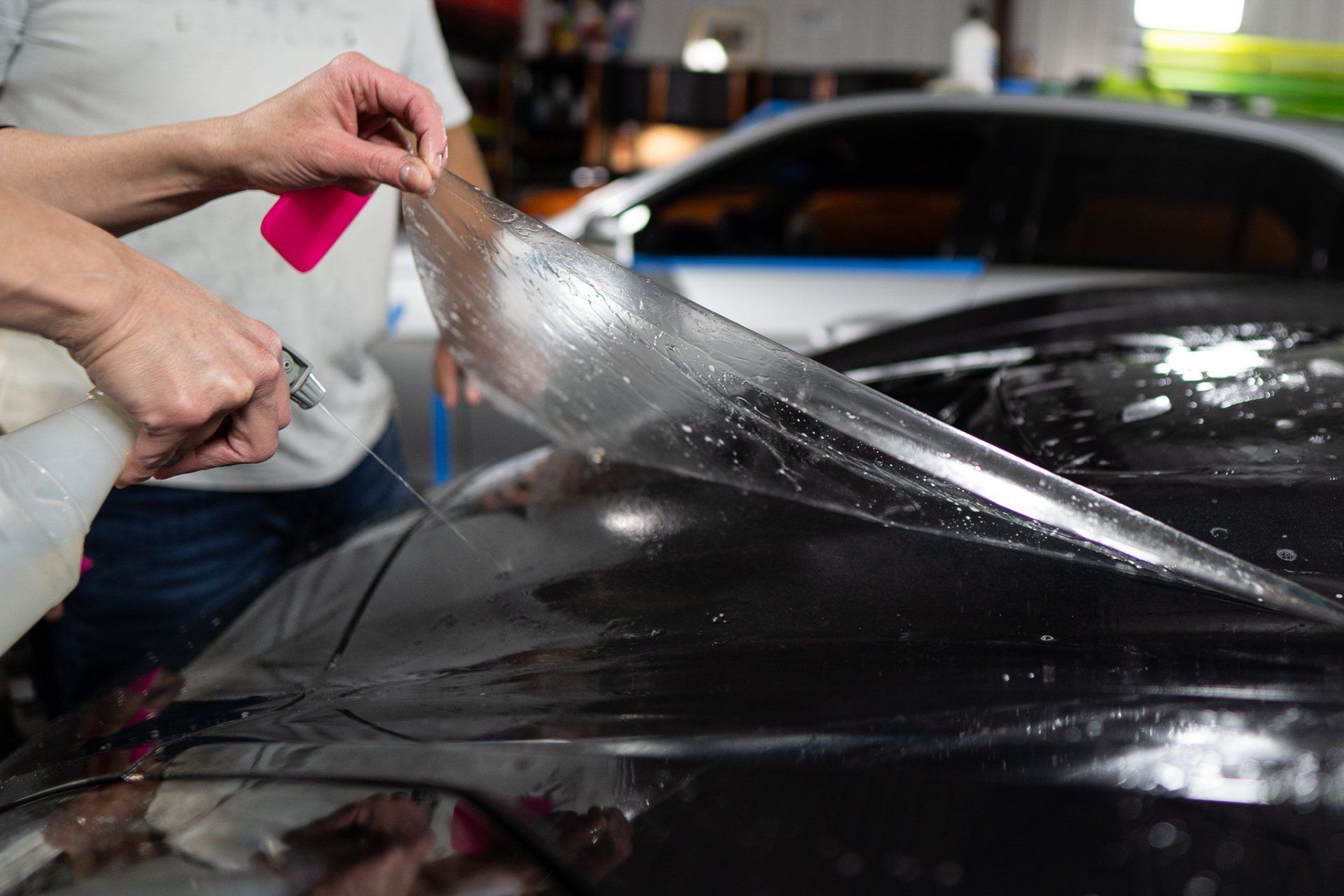
OUR SERVICES
GET IN TOUCH
MORAINE, OHIO LOCATION
4002 Kettering Blvd, Moraine, OH, United States
QUICK LINKS
veishop.com was designed by the team at Detailers Roadmap, a platform developed for detailing operators across the globe.
All Rights Reserved | 8bitcreative LLC | Vehicle Enhancement Inc

